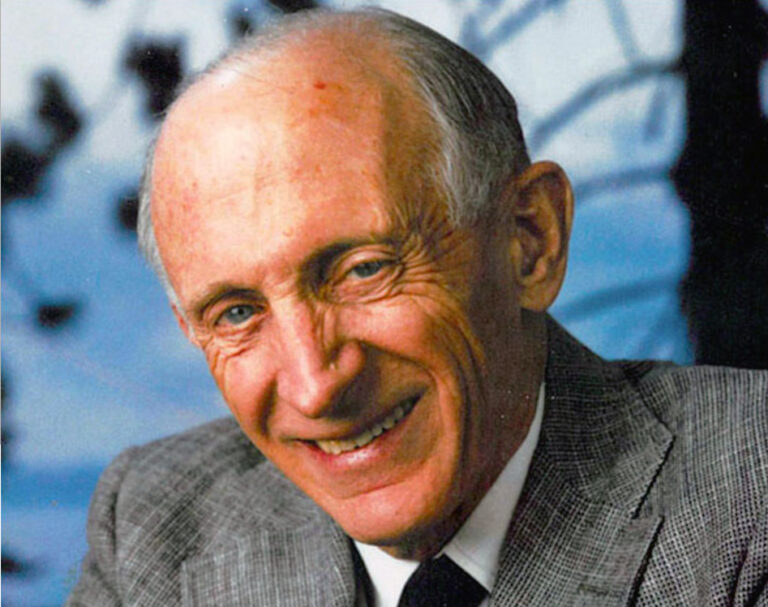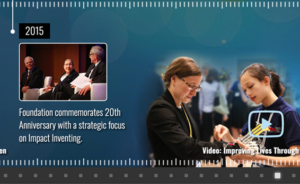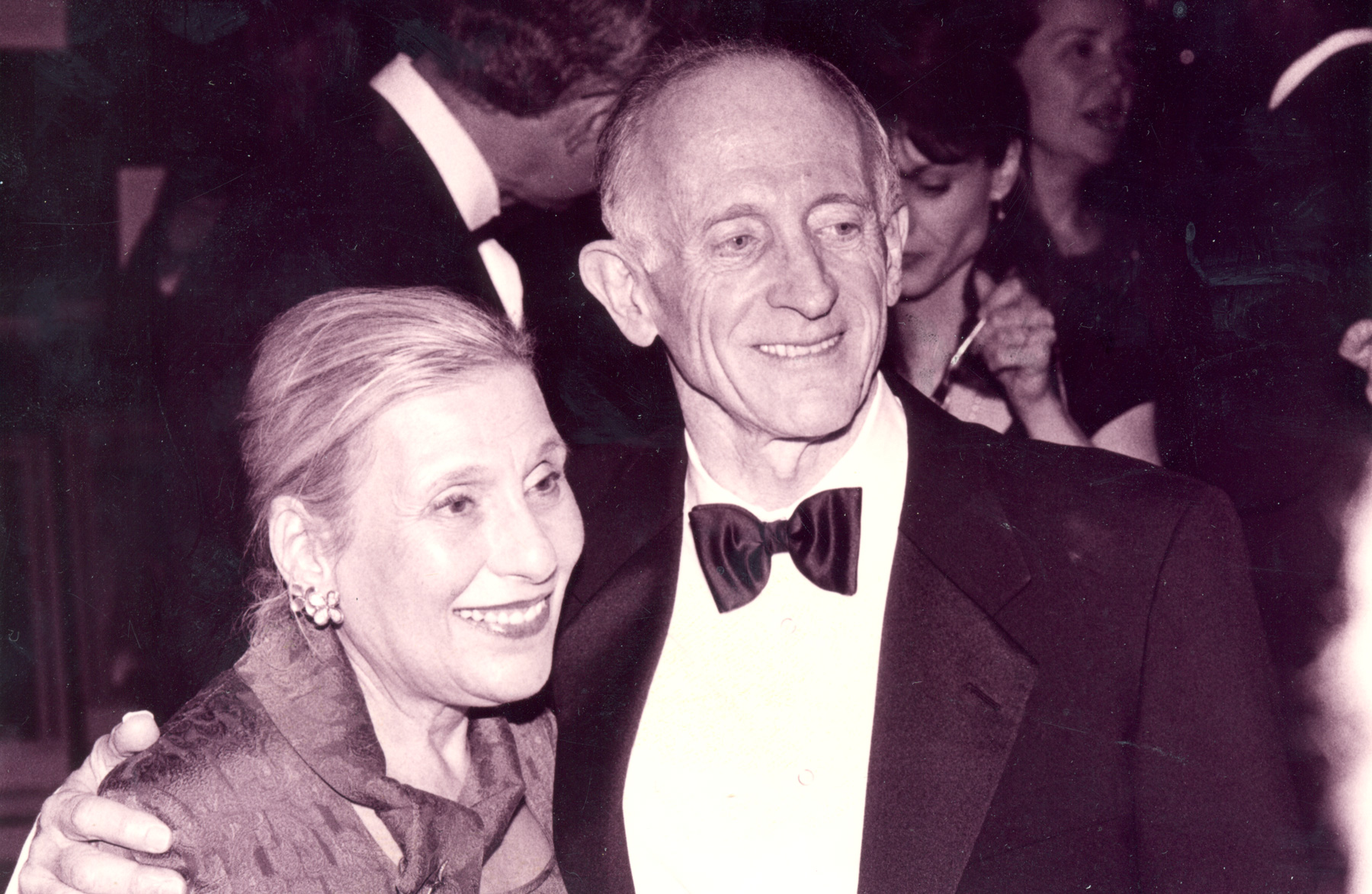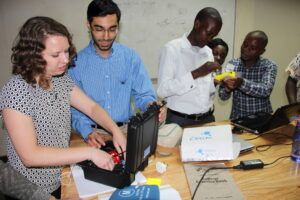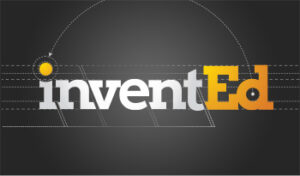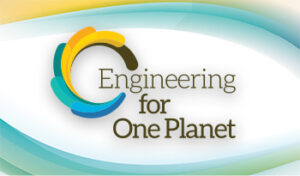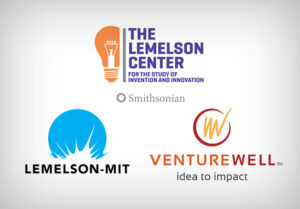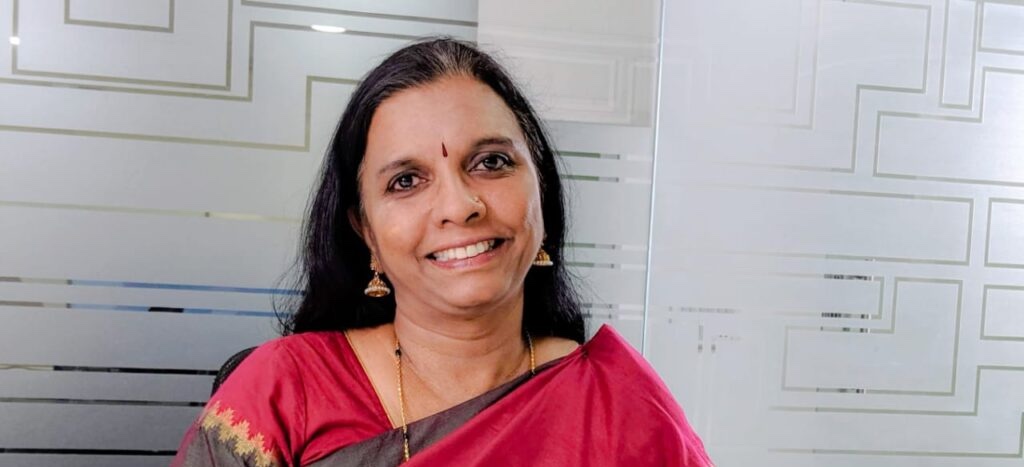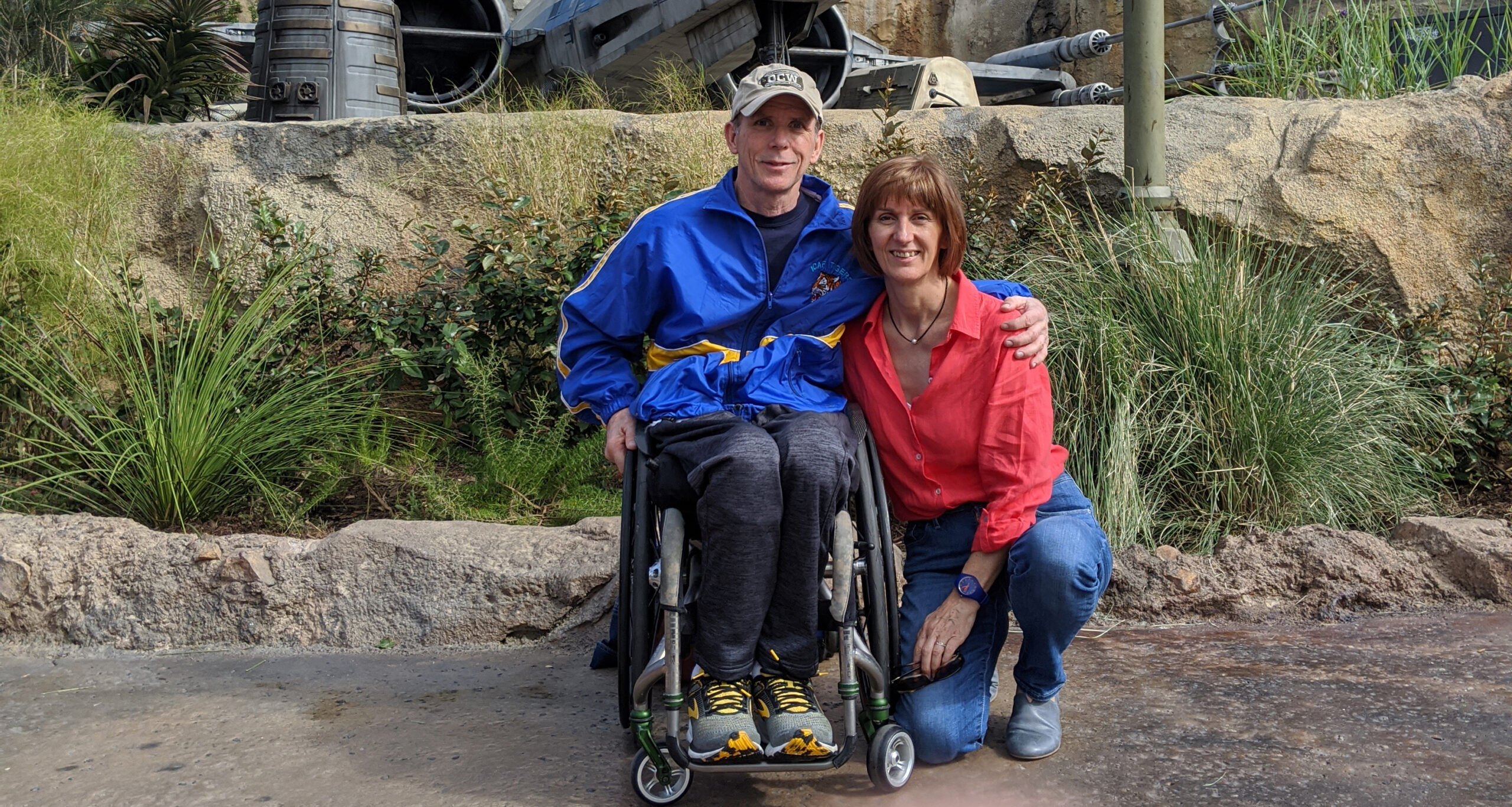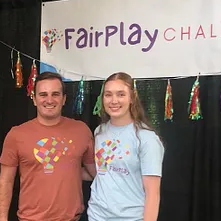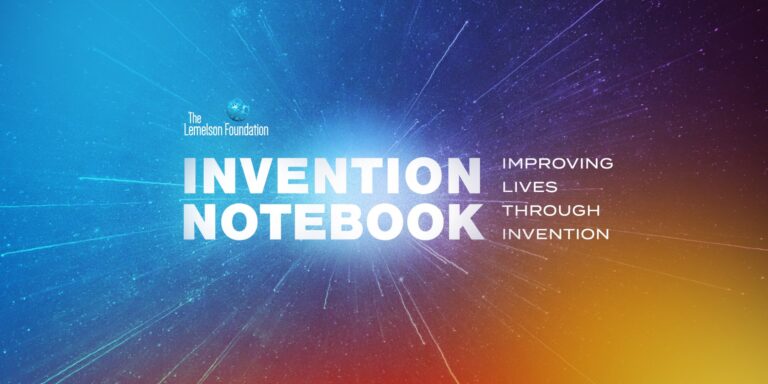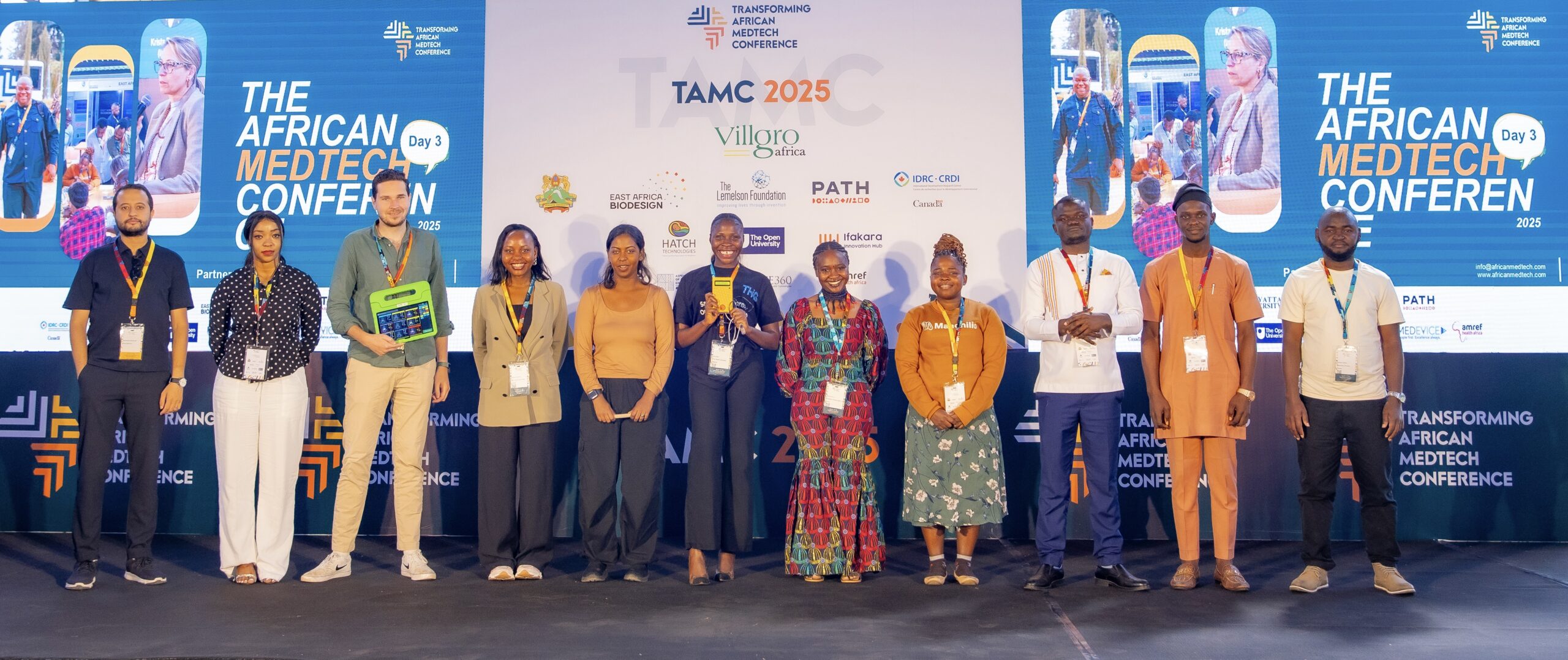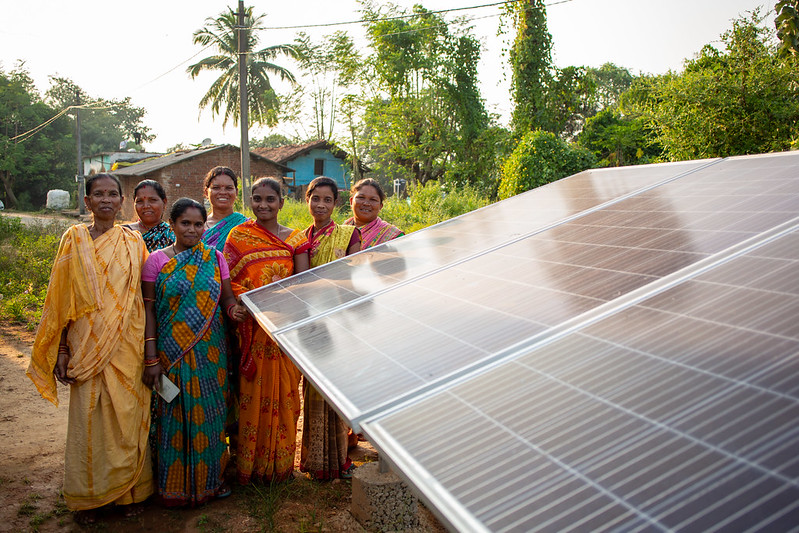If We Want to Build Back Better, We Need a New Focus on Invention and Innovation

min read
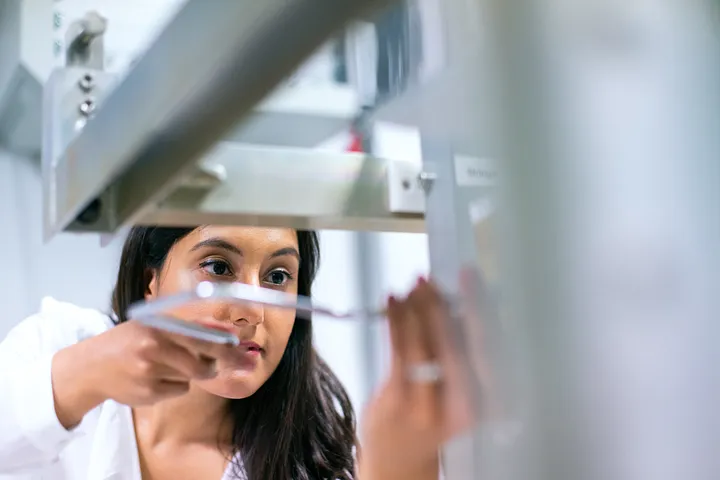
A road map to economic resilience and more inclusive prosperity
The U.S. is at an economic crossroads, hastened by the effects of the pandemic. As we look for the best ways to revitalize our economy, we are appropriately focused on urgent, short-term needs, like getting people back to work and supporting small businesses such as restaurants and retail shops.
President Biden’s economic agenda prioritizes recovery while simultaneously recognizing and working to stimulate future growth, through steps such as boosting America’s manufacturing and technological competitiveness. But the Biden administration faces many challenges, including COVID-19, racial injustice, and climate change. It is clear that building back with an eye toward resilience will also be critically important.
To do this, we must reinvigorate support for some of the most crucial drivers of innovation and economic prosperity: inventors.
We need to engage all potential inventors, which means we must prioritize inclusion so that the full population can participate in and benefit from tomorrow’s innovations. We also need to address the challenges of our resource-constrained planet by intentionally inventing for sustainability.
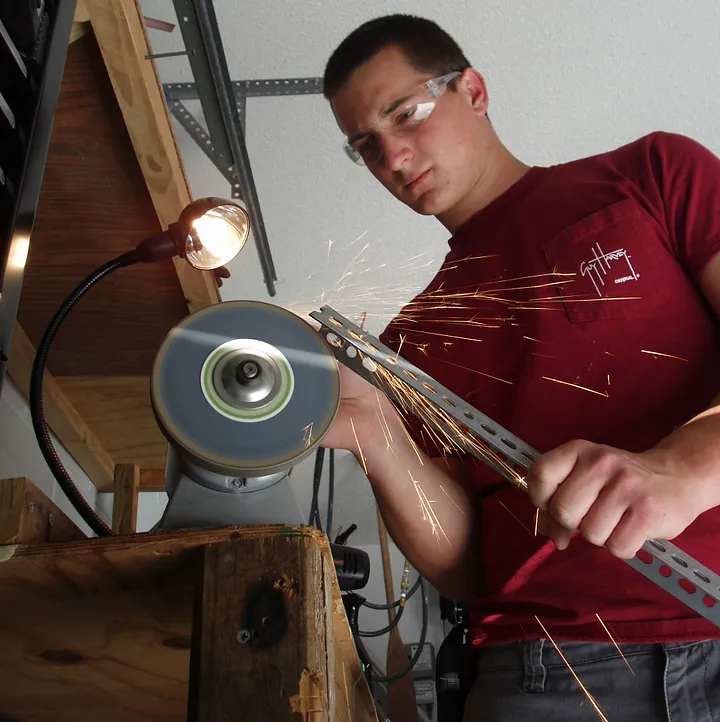
Inventors Power Industries
Inventors have an enormous impact on our lives and our livelihoods.
A recently released report by RAND dramatically shows invention’s social and economic impact through the lens of the Lemelson-MIT (LMIT) Prize winners, which represents 26 inventors from sectors like health, information technology and energy, among others. The research findings underscore that inventors produce tremendous outcomes. They develop solutions to pressing problems, and the businesses that deliver those solutions provide high-quality jobs and spur economic growth — sometimes even spawning entirely new industries.
The independent businesses founded by LMIT Prize winners alone employ a total of approximately 40,000 people, generating total annual revenues exceeding $54 billion. The inventions of these winners and the companies they have founded have spanned sectors and improved countless lives.
The report also demonstrates that invention is the catalyst for the industries of the future, as evidenced by exemplar LMIT Prize winners whose inventions laid the foundation for the biotech sector and transformational breakthroughs in that field. Their work has revolutionized medical research and healthcare, improving quality of life and creating significant economic impact.
Herbert Boyer and Stanley Cohen opened the door to genetic engineering, paving the way for gene therapy and the biotechnology industry. This industry is now addressing issues from disease to sustainability to food security, and more. But it’s also proven to be profitable. Boyer and Cohen’s patented DNA technology has been licensed to nearly 500 firms, resulting in more than 2,400 new pharmaceutical products and $35 billion in sales.
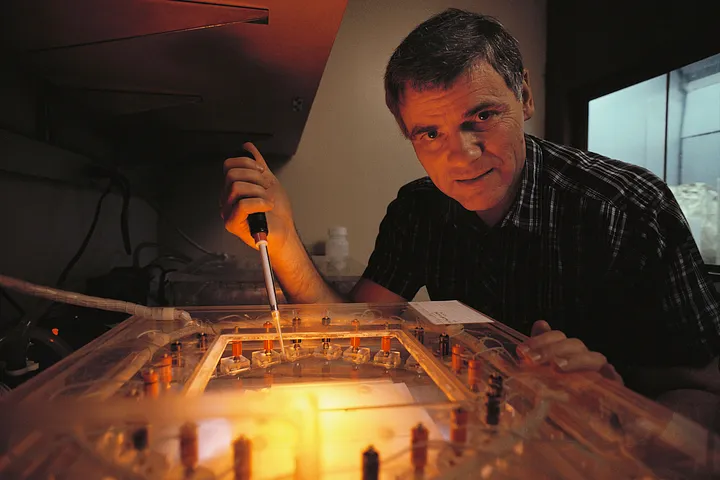
Leroy Hood created scientific instrumentation that transformed scientific research and medicine, and enabled completion of the Human Genome Project — a project that alone has been estimated to have resulted in more than $1 trillion in direct and indirect economic activity.
Robert Langer, one of the most prolific inventors in biotechnology and materials science, is creating breakthroughs in tissue engineering and controlled drug delivery. He has founded numerous companies, including Moderna, a company that has likely become a household name given their role in delivering one of the first COVID-19 vaccines now being administered across the country.
And Sangeeta Bhatia, a more recent LMIT Prize Winner, is creating and commercializing the next wave of medical advances, like her research using nanoparticles for disease diagnostics. Her groundbreaking work has already launched several companies and dozens of products.
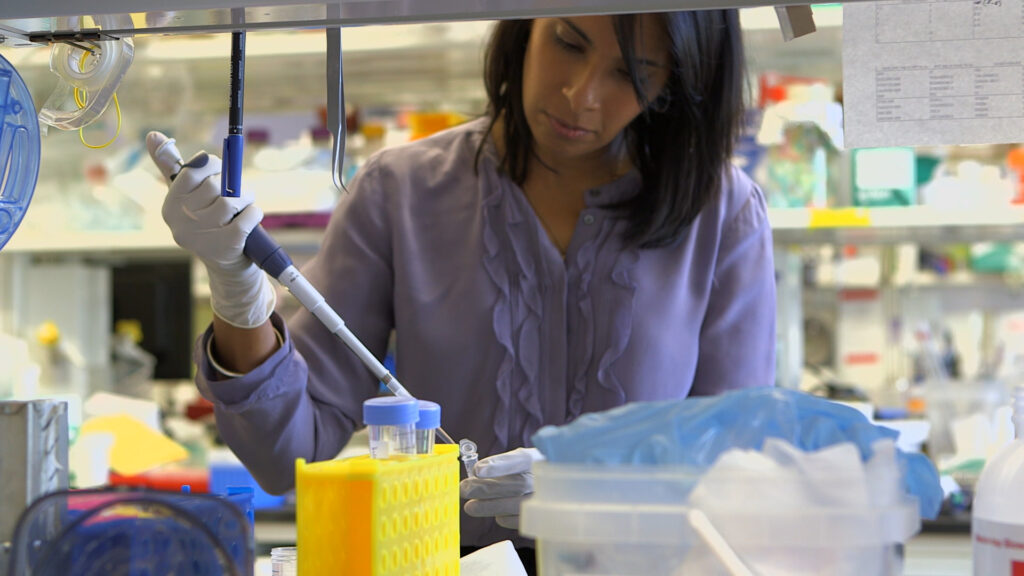
Building a More Robust Inventor Pipeline
There is a growing recognition that if we are to produce the inventions that effectively meet the social and economic needs of this century, we need our inventors to reflect our country’s full intellectual capital — diversity of thoughts, backgrounds, race, and gender — to find solutions to our greatest problems.
Last year, amid an increased national focus on racial justice, I wrote about how to open up invention for all, and ensure that students from underrepresented groups become the talent needed to fill the good paying jobs of the innovation economy.
A newly released report from the “Commission on Innovation & Competitiveness Frontiers” of The Council on Competitiveness revealed similar themes. The Council is a nonpartisan nonprofit whose membership includes the leadership of industry, universities, national laboratories, and labor unions focused on jump-starting productivity and growing America’s economy. Its report calls for the U.S. to up its innovation game tenfold to be able to compete globally and includes key recommendations to policy makers that will stimulate invention and associated innovation.
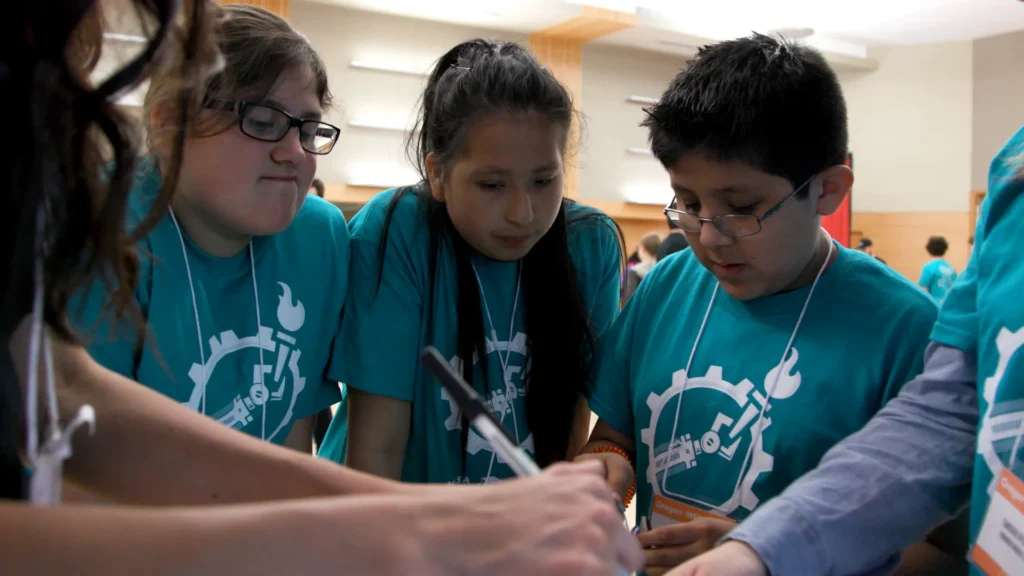
Included is the call to ensure every student has the opportunity to experience invention and innovation, with exposure to entrepreneurship, throughout Pre-K-12 and higher education. Multiple recommendations also target greater support for innovators as they launch new companies, including from government, universities, national labs, and the private sector.
The report advocates creating a White House National Competitiveness and Innovation Council and parallel state councils to create a unified vision for U.S. competitiveness, and highlights two driving principles that must underpin these efforts:
First, there must be greater emphasis on creating more inclusive paths for women, under-represented minorities, first-time entrepreneurs, and communities not yet benefiting from the innovation economy. Not only will this unlock greater human potential, it also engages the diverse perspectives we will need to confront our current and future challenges.
And second, educational institutions and business must embrace sustainability as a core principle in their teaching, business strategy and operations, not only to ensure their long-term success, but also to codify their role in addressing one of the most pressing problems we face — climate change.
But how do we foster invention for impact?

Strengthening Our Invention Ecosystem to Build Back Better
As the Biden administration is setting its agenda for economic recovery, growth, and global competitiveness, a new report from the Day One Project has documented an invention ecosystem that integrates two pathways:
- The Inventor Pathway inspires and prepares students to solve crucial challenges and thrive in the innovation economy.
- The Innovation Pathway supports inventors and entrepreneurs so that they can create value from their ideas in the form of products and businesses.
Together these pathways can yield a pipeline of people and businesses that create jobs, foster resilient economies, and tackle our big challenges. These outcomes create a virtuous cycle that can power our economy in the 21st century.
Both pathways are supported by several key pillars:
- K-12 Education: Our approach to primary and secondary education needs to be reset in order to cultivate the human potential in this country in a way that will meet modern economic and talent needs. Integrating invention experiences as early as kindergarten and throughout the education journey helps ensure as many students as possible are prepared with the skillsets and mindsets they need to be successful in the innovation economy.
- Higher Education: Increasing emphasis on invention within higher education not only cultivates our nation’s future talent, but also more effectively transforms intellectual capital into economic and societal value by leveraging basic R&D discoveries through commercialization and tech transfer. Academic institutions across the nation have been the seeding ground of many of this country’s greatest inventions and companies.
- Entrepreneurship: There is a need to think more broadly than small and local business formation. Innovation-based businesses that emerge from scientific and engineering advances generate tremendous economic impact in terms of jobs and in delivering world-changing innovations that enhance our quality of life. In fact, new firms are responsible for nearly all net new jobs, and high-tech businesses play an outsized role in job creation.
- Industry: Industry is a central piece of the invention ecosystem — yet its innovation potential is far from fully realized. The combination of corporate “short-termism,” barriers to new market entrants, and declining government support has led to diminished funding for research. Reinvigorating industry as an engine of innovation will require fresh policy approaches — like boosting relevant federal R&D spending, encouraging greater engagement with higher education to cultivate the talent with the mindsets and skillsets that employers say they need, and changing restrictive immigration policies, to name just a few.
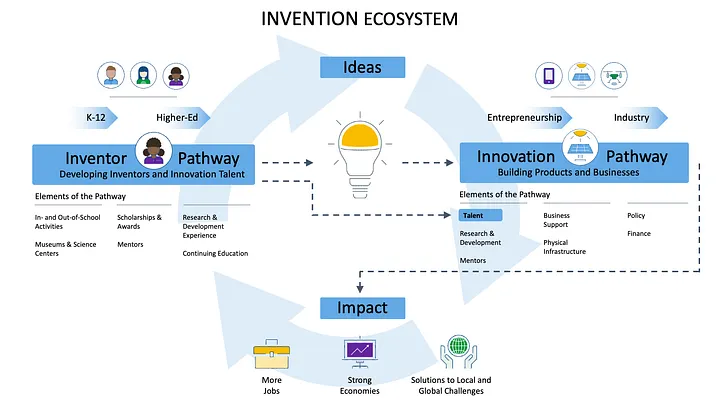
Portrait of the Invention Pathway
This ecosystem is not just an academic construct. Through the work of our grantees at The Lemelson Foundation, we’ve seen these pathways at work and how they’ve transformed lives.
Katelyn Sweeney was a freshman at Natick High School in Massachusetts who didn’t see herself as a STEM student until she was placed in a technology class. Her teacher emphasized Invention Education, an approach to learning that teaches the unique ways inventors find and solve problems. This completely changed Katelyn’s educational path — she went on to graduate from MIT in engineering and is now a U.S. patent holder and valuable contributor in the high-tech sector.
The pathway can and should have incredible reach. Blake Turner, for example, turned his talents toward the invention track when his community college in rural Grants Pass, Oregon, participated in an invention prototyping competition. Blake created a device that converts traditional car engines to run on hydrogen instead of gasoline — and he won. While still in college, he founded a sustainability-focused company that has the potential to revolutionize the way we drive by bridging the gap between fossil fuels and clean energy.
For Clara Mabour, the pathway led to a future in mentorship and teaching. Clara immigrated to the U.S. from Haiti at age six. By the time she was in high school in Florida — where an influential teacher encouraged her love of STEM — she was part of a team inventing a portable water filtration system for use in emergency relief after natural disasters that was showcased at the White House Science Fair. Clara is now an invention educator herself at that same school, inspiring the next generation of innovators and inventors.

Important Disclaimer: The content on this page may include links to publicly available information from third-party organizations. In most cases, linked websites are not owned or controlled in any way by the Foundation, and the Foundation therefore has no involvement with the content on such sites. These sites may, however, contain additional information about the subject matter of this article. By clicking on any of the links contained herein, you agree to be directed to an external website, and you acknowledge and agree that the Foundation shall not be held responsible or accountable for any information contained on such site. Please note that the Foundation does not monitor any of the websites linked herein and does not review, endorse, or approve any information posted on any such sites.

